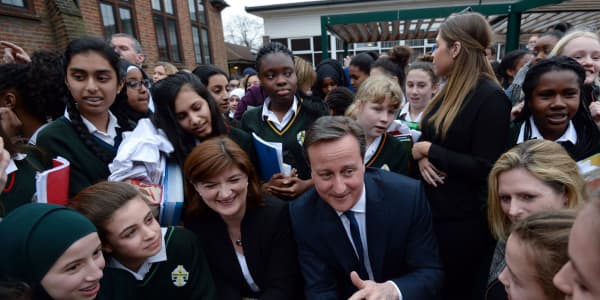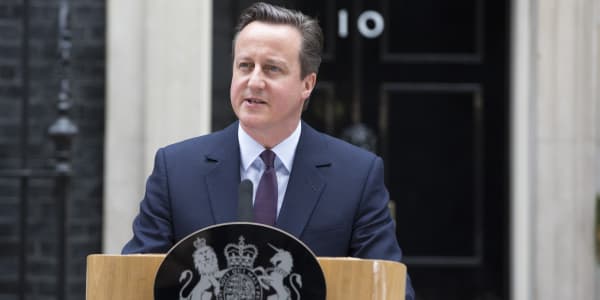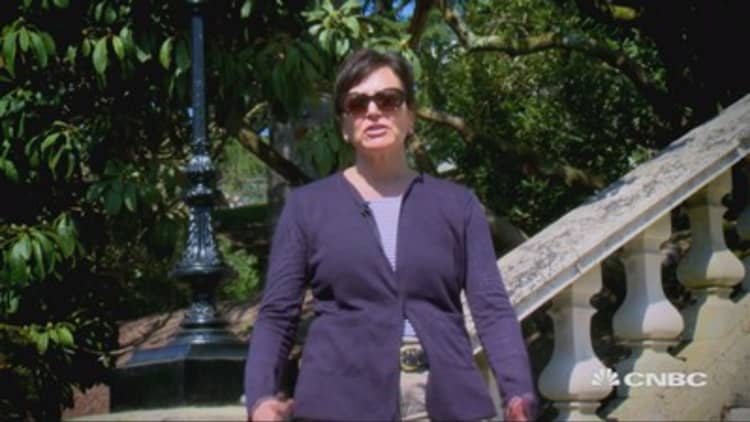
Barack Obama used it effectively to become U.S. president in 2008 and 2012, as did India's Prime Minister Narendra Modi who won a landslide election last year. Now social media is being used like never before in a U.K. election, and only time will tell just how effective it was in the tightly-contested May 7 vote.
"Through sheer numbers, much more of the U.K. population now uses social media than in 2010. So parties and politicians using social media can have greater potential reach," said Chris Wood, head of digital at consultancy Hanover Communications, referring to the last U.K. election.
Read More The social media highlights of the UK election
"Conversely, social media is also much more noisy now. That's why, in 2015, social media advertising has a greater role to play than in 2010 when it was in its infancy."
And the use of social media certainly has the potential to make a difference in the upcoming vote. The Conservative and Labour parties have been running consistently close in the opinion polls, raising the prospect of a hung parliament where no one party has an overall majority to form a government, indicating that both parties need all the help they can get.
Friend me?
Analysts said it is believed that the Conservatives – also known as the Tories – favour Facebook while the opposition Labour Party favours micro-blogging website Twitter.
In February, the BBC reported that documents it had obtained showed the Conservative Party, which leads the coalition government, was spending over £100,000 ($150,035) a month on Facebook. While Facebook is free to use, many companies and organizations spend money on advertising campaigns directed at users.
It certainly seems to be paying off in terms of "likes" on the popular social media website. The Conservatives have about 423,000 likes, followed by the populist U.K. Independence Party (UKIP), with 410,000 likes.
Read MoreCould Labour leader's selfies help win the UK vote?
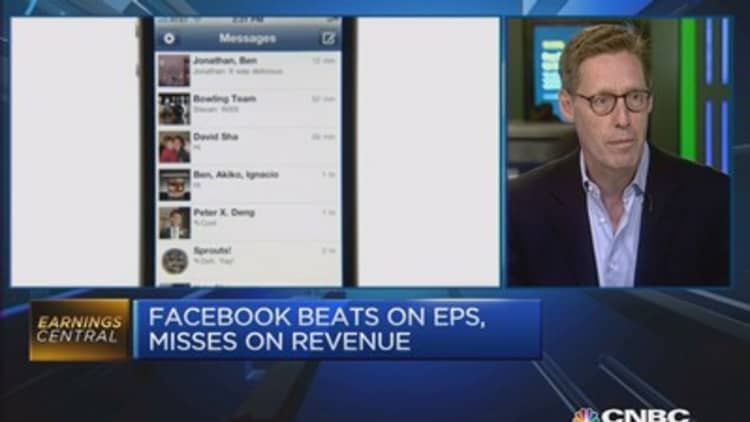

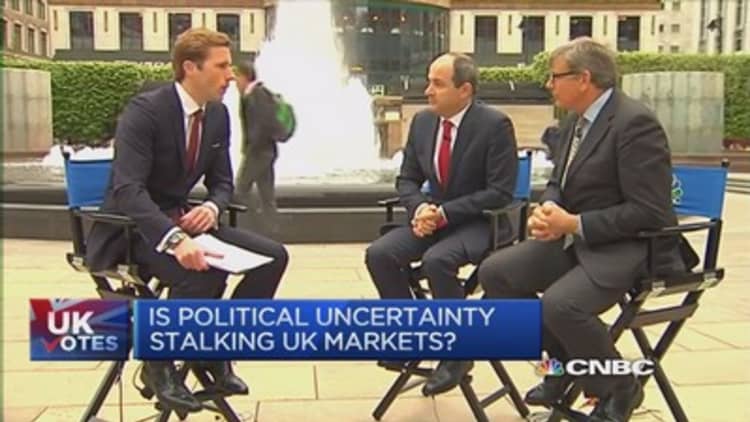
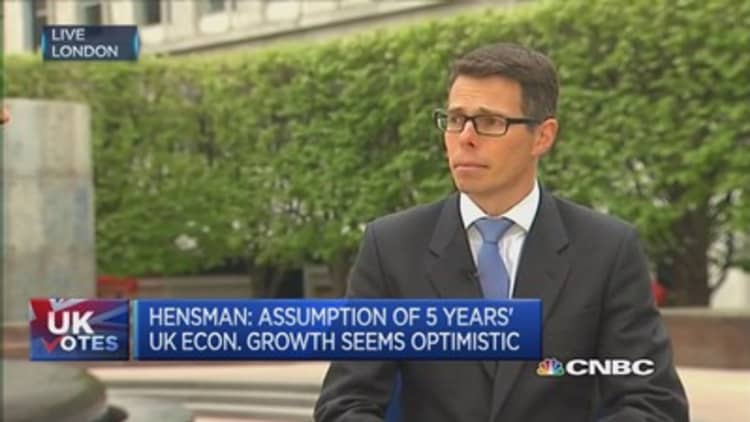
On Twitter, the Labour Party ranks first – with 205,000 followers. The Conservatives come second and the Green Party have the third-most followers.
The political parties are certainly looking to capitalize on these ready-made audiences.
Darren Lilleker, an associate Professor at Bournemouth University, whose research focuses on political communication, said the Green Party's "Change The Tune" broadcast – which depicts politicians as leaders of a boy band -- is the is the first political video to go "viral" in the U.K. It has been viewed more than 770,000 times on YouTube – well above broadcasts from other major parties.
Labour Party Leader Ed Miliband, meanwhile, was elevated to "fandam" status on Twitter earlier this month – something that's usually reserved for popstars – with a following of teenage fans. And with the hashtag "#Milifandom" trending on Twitter last week, fans of Prime Minister David Cameron responded with "#Cameronettes."
Pictures of Miliband's face imposed onto those of famous people such as Mick Jagger have also gained much attention on Twitter.
Tweet: Ed Jagger #HellYesEd #CoolEdMiliband
Here's another one that was popular on Twitter on Monday. It refers to a letter by the representatives of 5,000 small firms printed in the "Daily Telegraph" newspaper expressing their support for the Conservatives.
But some experts said that, so far, the political parties have not made the best use of social media.
"I think parties are taking it (social media) far more seriously, but it remains largely a broadcasting tool," said Lilleker.
"They use Facebook and Twitter in similar ways to push out messages rather than communicating with their supporters."
Not there yet
And this is what needs to change if politicians want to see a real difference in their social media campaigns, added Kevin Read, chairman of digital, corporate and brand at marketing firm Bell Pottinger.
"Obama won the social media campaign because of authenticity, responsiveness and the ability to understand that there needs to be a conversation rather than a broadcast," he said.
Read said there were some encouraging signs such as the "second-screen phenomenon" -- a term that refers to the use of social media while watching a television event.
An earlier television debate between party leaders is one example of this, with a spike in social media activity. More than 7.5 million people watched the April 2 televised debate between seven party leaders, and Twitter said there were 1.5 million tweets related to the debate at a rate of 8,657 per minute.
Read MoreUK election: Watch for these market reactions
Read described a spike in social media activity following an April 16 debate of party leaders excluding the prime minister as "super-social Thursday" and expects an even bigger spike this coming Thursday when the leaders of the three main political parties face questioning from a studio audience broadcast on TV.
"April 30 is the only opportunity to shift a public sentiment dial in this campaign and managing that second-screen phenomenon is important," he said. "If responses on TV look too rehearsed that can have a negative impact, but if your supporters are commenting in real time, reinforcing a message and working those hashtags, all these things can help."




